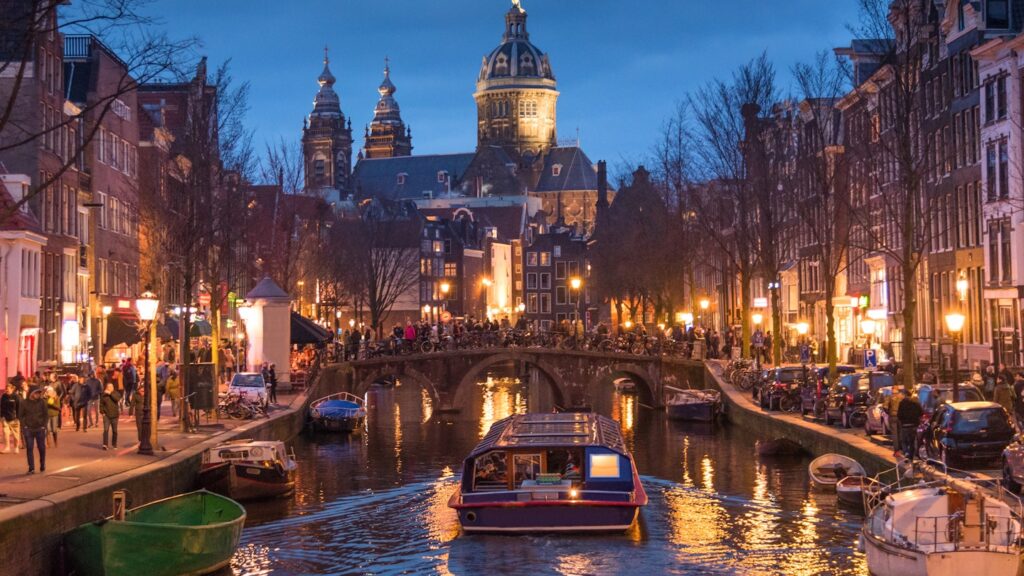Traveling at night presents challenges for photographers, but with the right equipment and techniques, stunning nighttime travel photos can be achieved. Using a sturdy tripod is essential for stabilizing the camera and avoiding blurry images. Adjusting camera settings such as ISO, aperture, and shutter speed can compensate for low light conditions. Experimenting with different light sources, angles, and compositions can create dynamic and interesting images. Focusing carefully using manual focus and being patient and persistent in capturing the perfect shot are key to successful nighttime photography. By following these tips, photographers can create captivating images that capture the magic of the night.
Navigating Low Light Situations: Tips for Taking Stunning Nighttime Travel Photos
Introduction
Traveling at night can present unique challenges for photographers. However, with the right techniques and equipment, you can capture stunning images that perfectly capture the magic of the night. In this article, we will provide you with some tips for navigating low light situations and taking beautiful nighttime travel photos.
Use a Tripod
One of the most important tools for shooting in low light situations is a sturdy tripod. A tripod will help stabilize your camera and prevent camera shake, resulting in sharper images. When shooting at night, you will likely need to use longer exposure times, so a tripod is essential to avoid blurry photos. Invest in a high-quality tripod that is easy to carry around during your travels.
Adjust Your Camera Settings
When shooting in low light, you will need to adjust your camera settings to compensate for the lack of light. Increase your ISO to make your camera more sensitive to light, but be careful not to set it too high, as this can introduce noise into your photos. Use a wide aperture to let in as much light as possible, and experiment with different shutter speeds to find the right balance for your desired effect.
Experiment with Light Sources
One of the unique aspects of nighttime photography is the abundance of different light sources available. Experiment with using natural sources of light, such as the moon or stars, as well as artificial sources like streetlights and neon signs. Play around with different angles and compositions to create interesting and dynamic images that capture the essence of the night.
Focus Carefully
Focusing in low light can be challenging, as your camera may struggle to find a clear point of focus. Use manual focus to take control of the focusing process and ensure that your subject is sharp and in focus. You can also use a flashlight or the light from your phone to help your camera lock onto the subject in dark conditions.
Be Patient and Persistent
Nighttime photography requires patience and persistence, as capturing the perfect shot can take time and experimentation. Don’t be afraid to try different techniques and settings until you achieve the desired results. Take your time and be prepared to wait for the perfect moment to capture the magic of the night.
Conclusion
With the right techniques and equipment, you can capture stunning nighttime travel photos that perfectly capture the beauty and atmosphere of the night. Use a tripod to stabilize your camera, adjust your settings to compensate for low light, experiment with different light sources, focus carefully, and be patient and persistent in your quest for the perfect shot. By following these tips, you can create striking images that will transport viewers to the magical world of the night.
